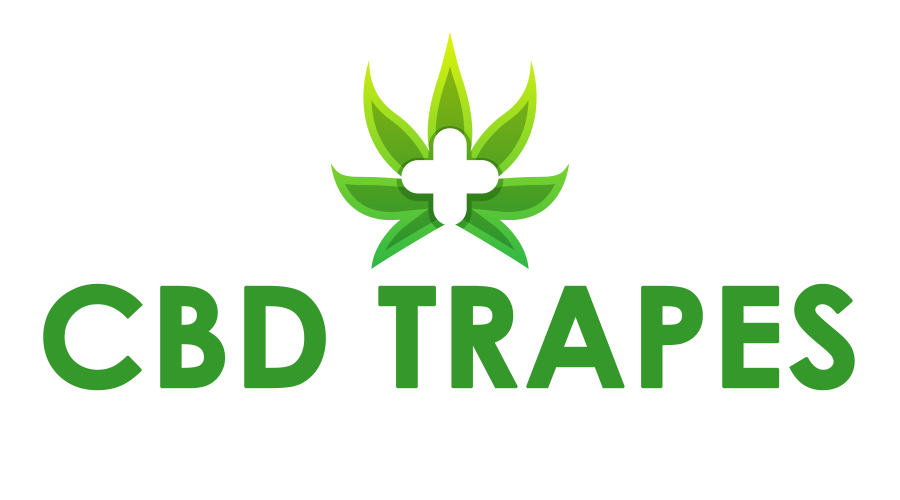Introduction
The growing fascination with DMT is not happening in isolation; it reflects broader cultural transformations. From the revival of interest in spirituality to a societal reevaluation of mental health treatments, several cultural currents are converging to normalize the use of psychedelics. Understanding these shifts helps explain why DMT, once confined to indigenous rituals and fringe communities, is now being embraced by diverse groups worldwide.
The Psychedelic Renaissance and Mental Health
One of the most significant cultural shifts is the mainstreaming of psychedelics through science. Research into substances like psilocybin and MDMA for depression, PTSD, and anxiety has captured headlines and drawn public support. As people grow more comfortable with the idea of psychedelics as medicine, curiosity naturally extends to DMT.
The broader mental health crisis has also fueled interest. Many individuals are dissatisfied with conventional treatments and seek alternative approaches. Stories of rapid personal breakthroughs after DMT experiences spread quickly online, appealing to those searching for hope. This cultural openness to experimentation is lowering barriers to entry.
Spiritual Yearning in a Secular Age
Another cultural factor is the renewed hunger for spirituality in societies that have become more secular. DMT experiences are often described in spiritual or mystical terms: meeting otherworldly beings, experiencing ego dissolution, or glimpsing alternate realities. For many, these encounters feel like direct access to the sacred.
As organized religion declines in influence in many regions, people are seeking new forms of meaning-making. DMT, marketed as a tool for spiritual awakening, fits into this cultural gap. Retreats and guided ceremonies, blending ancient traditions with modern wellness culture, are becoming popular.
Influence of Media and Technology
Digital culture has played a pivotal role in DMT’s spread. Online forums, podcasts, and YouTube channels share personal experiences, normalizing what was once taboo. The internet creates communities where users exchange tips, discuss safety, and interpret visions, fostering a sense of belonging.
At the same time, mainstream media — from Netflix documentaries to bestselling books — frames psychedelics as fascinating frontiers of consciousness. This cultural validation reduces stigma and piques curiosity.
Conclusion
The surge in DMT use is not simply about curiosity for a new drug; it reflects deep cultural shifts toward openness, spirituality, and mental health exploration. As society continues to evolve, DMT’s place within it will likely expand, challenging norms and reshaping how we think about consciousness itself.

